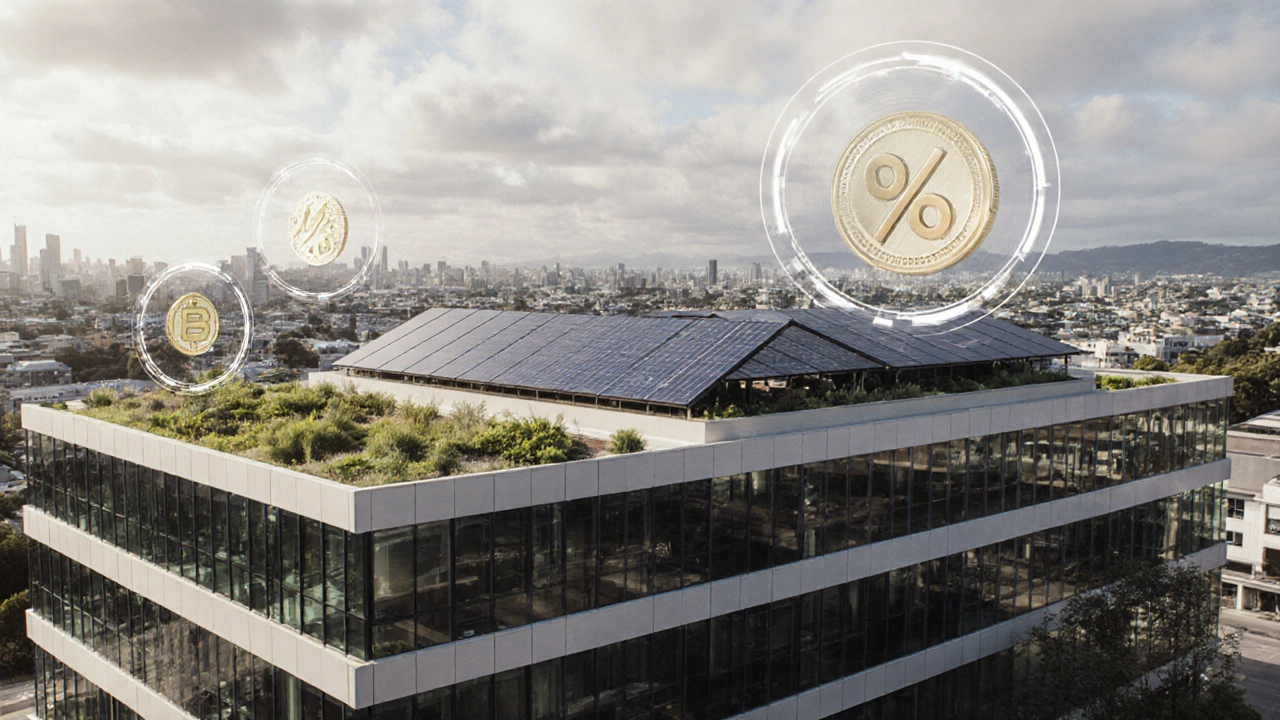LEED Certification: Your Gateway to Green Building and Sustainable Travel
When talking about LEED certification, a globally recognized rating system that measures a building’s environmental performance. Also known as Leadership in Energy and Environmental Design, it helps owners and designers prove that a project meets strict sustainability criteria.
The LEED certification is more than a badge; it’s a roadmap that guides projects toward lower energy use, reduced water waste, and healthier indoor air. In practical terms, a building that earns LEED points must meet specific thresholds for things like insulation quality, renewable energy integration, and waste diversion. Those thresholds form a clear set of standards that anyone can follow, whether you’re renovating a historic cottage or constructing a brand‑new glamping site.
One of the core pillars behind LEED is green building, the practice of designing, constructing, and operating structures with minimal environmental impact. Green building includes using recycled or locally sourced materials, designing for natural daylight, and installing efficient HVAC systems. For example, a cottage that swaps conventional timber framing for reclaimed wood not only cuts embodied carbon but also scores valuable LEED points. This direct link—LEED certification encompasses green building standards—helps property owners see tangible benefits on both the planet and their bottom line.
Another essential component is energy efficiency, the ability of a building to use less energy to provide the same level of comfort and service. Energy efficiency is measured through metrics such as U‑value of walls, performance of windows, and the presence of LED lighting. When a building meets high‑efficiency criteria, it reduces utility costs and earns crucial LEED credits. The relationship can be summed up as: LEED certification requires energy efficiency, and improved energy performance directly raises a building’s LEED score.
Beyond the physical structure, LEED influences sustainable tourism, travel practices that minimize environmental impact while supporting local communities. Travelers increasingly choose hotels, holiday cottages, and glamping sites that showcase LEED certification because it signals lower carbon footprints and healthier guest experiences. For instance, a UK cottage listed on our site that holds a LEED Silver rating will often feature low‑flow fixtures, solar water heating, and composting toilets—features that appeal to eco‑conscious vacationers. This creates a feedback loop: sustainable tourism drives demand for LEED‑certified accommodations, and those properties, in turn, boost the overall sustainability of the travel industry.
Finally, the concepts above converge in real‑world examples like eco‑friendly cottages, tiny houses, and glamping pods. These smaller dwellings can achieve high LEED scores by focusing on insulation, renewable energy, and water reuse. A tiny house that uses a mini‑solar array and a rainwater harvesting system not only cuts operating costs but also earns points for renewable energy use and water efficiency. By looking at the collection of posts below, you’ll see how different property types apply LEED principles, compare costs, and discover actionable tips to make any stay greener. Ready to dive into the specifics? The articles ahead break down pricing, design tricks, and real‑world case studies so you can plan a stay that’s both comfortable and kind to the planet.
Downsides of Green Buildings: Hidden Costs and Challenges
Explore the hidden drawbacks of green buildings, from higher upfront costs and embodied carbon to maintenance challenges and resale uncertainty, with practical tips to manage them.
- Oct, 4 2025
- 0 Comments
